Infrared photography has long been a subject of fascination for me. Last year, I wrote about my experience shooting and developing Rollei Infrared 400 film, and concluded that while interesting, infrared film is too much of a hassle for me to pursue infrared film photography routinely. Since then, I have not bothered buying any more rolls of infrared film. Digital infrared is another story, however.
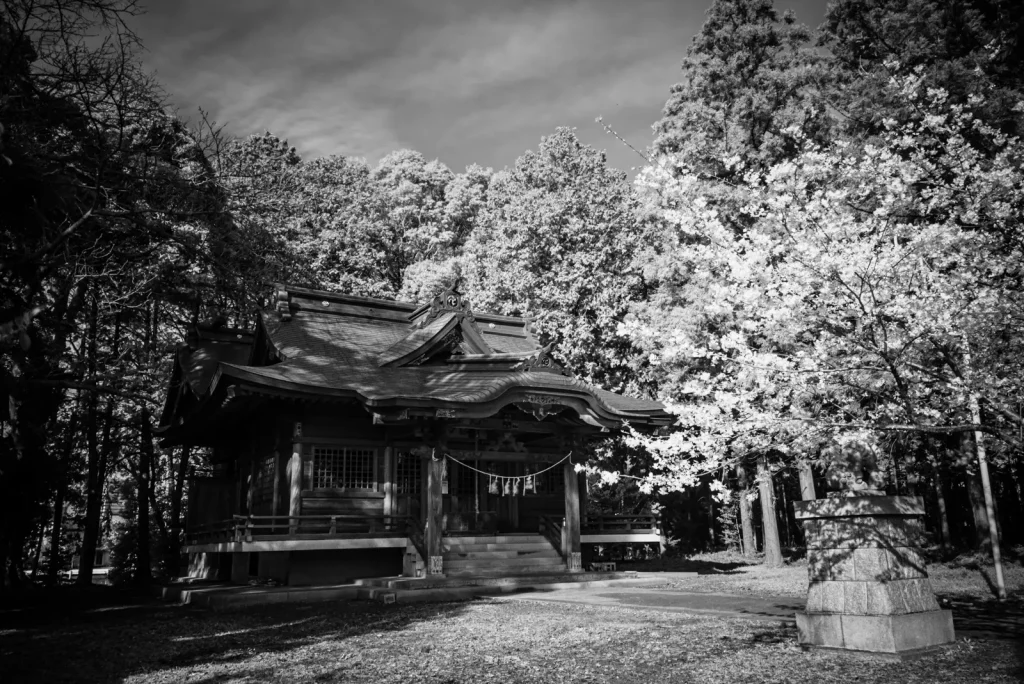
All digital cameras, except for those made specifically for shooting infrared, have an infrared cut filter in front of the sensor that eliminates most infrared light. A notable exception is the Leica M8, which due to a design flaw allows infrared light to pass to such a degree as to give a magenta cast to some darker colors. You can correct the flaw by putting and infrared cut filter on the lens, an awkward but still reasonable work-around, and Hamish has written about this.
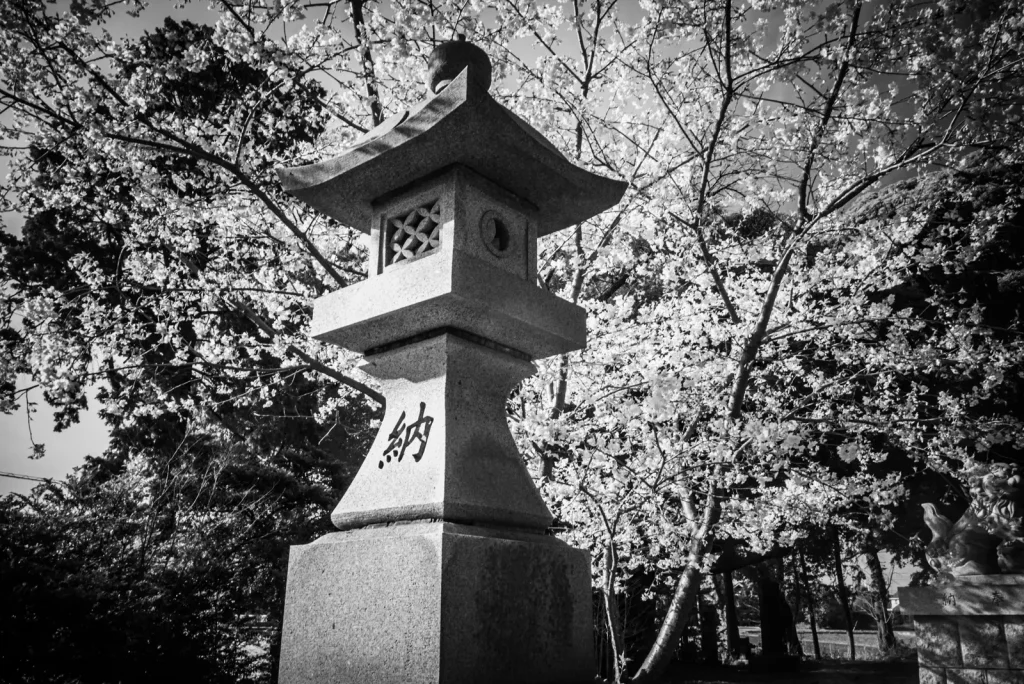
Many M8 shooters, however, prefer to take advantage of the flaw for infrared photography deliberately, putting an infrared filter on the lens instead. Note that an “infrared” lens filter, counter-intuitively named, does not cut infrared light, but rather cuts visible light and allows infrared light to pass through, which is what you want for infrared photography. An infrared cut filter does the opposite, cutting only infrared light.
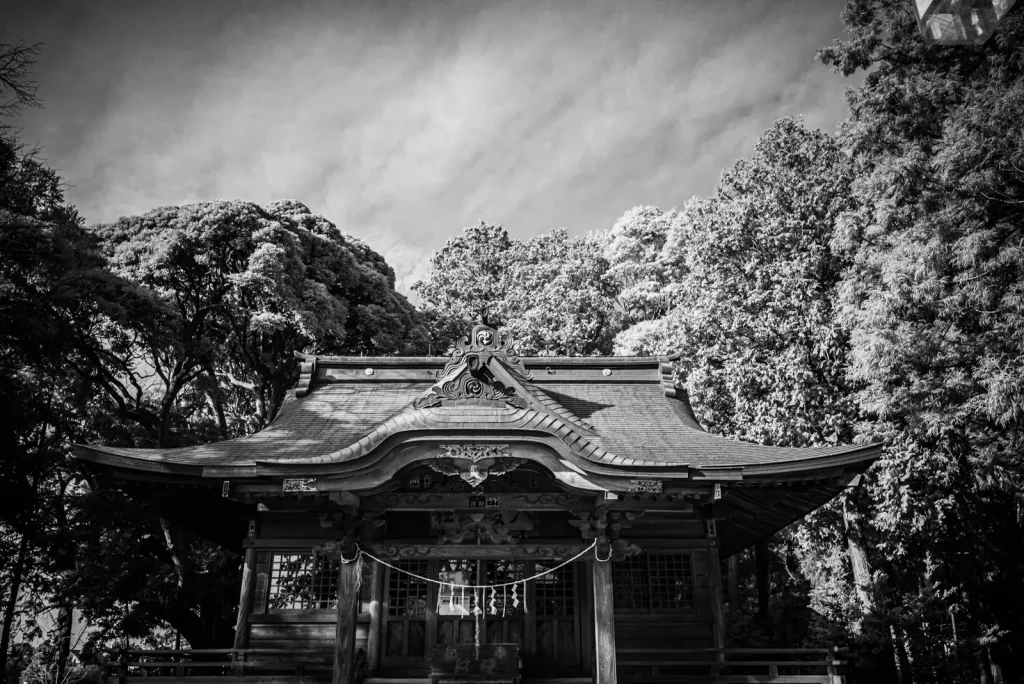
If you want an infrared digital camera, apart from buying a Leica M8, your best option is to have a regular digital camera modified to have its infrared cut filter removed. Those who are technically inclined can perform the surgery themselves. Most of us however are better off calling on a professional service for this purpose for a few hundred dollars, and there are many from which to choose, like Kolari, Lifepixel and Maxmax, all of which are in the United States.
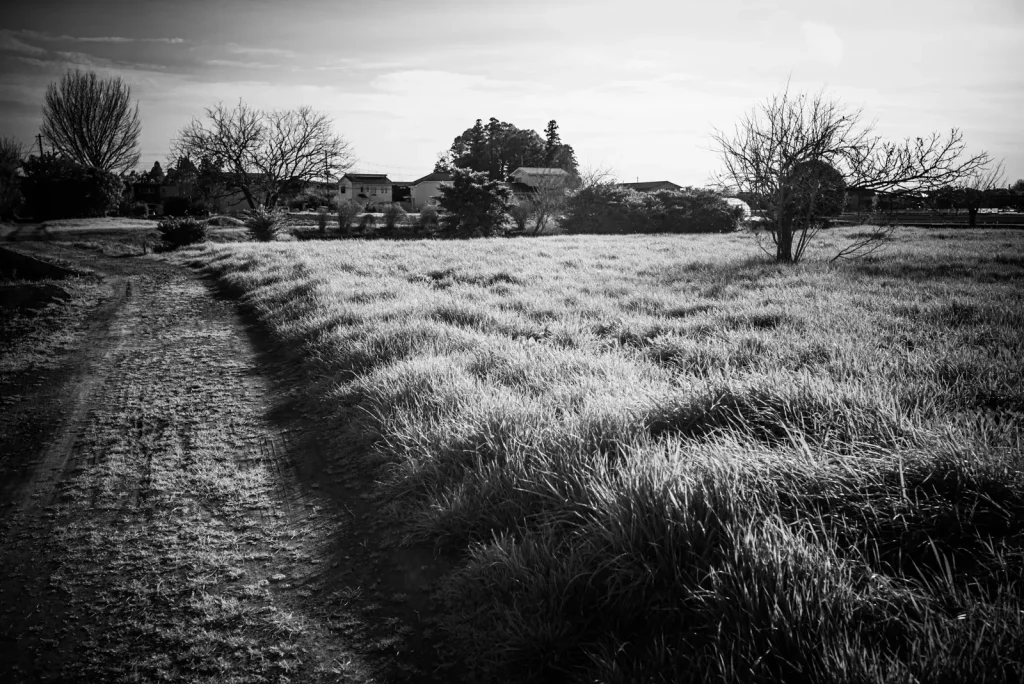
However, if you are not quite ready to sacrifice one for your digital cameras on the infrared photography altar, you can do infrared photography with an unmodified camera but with some limitations.
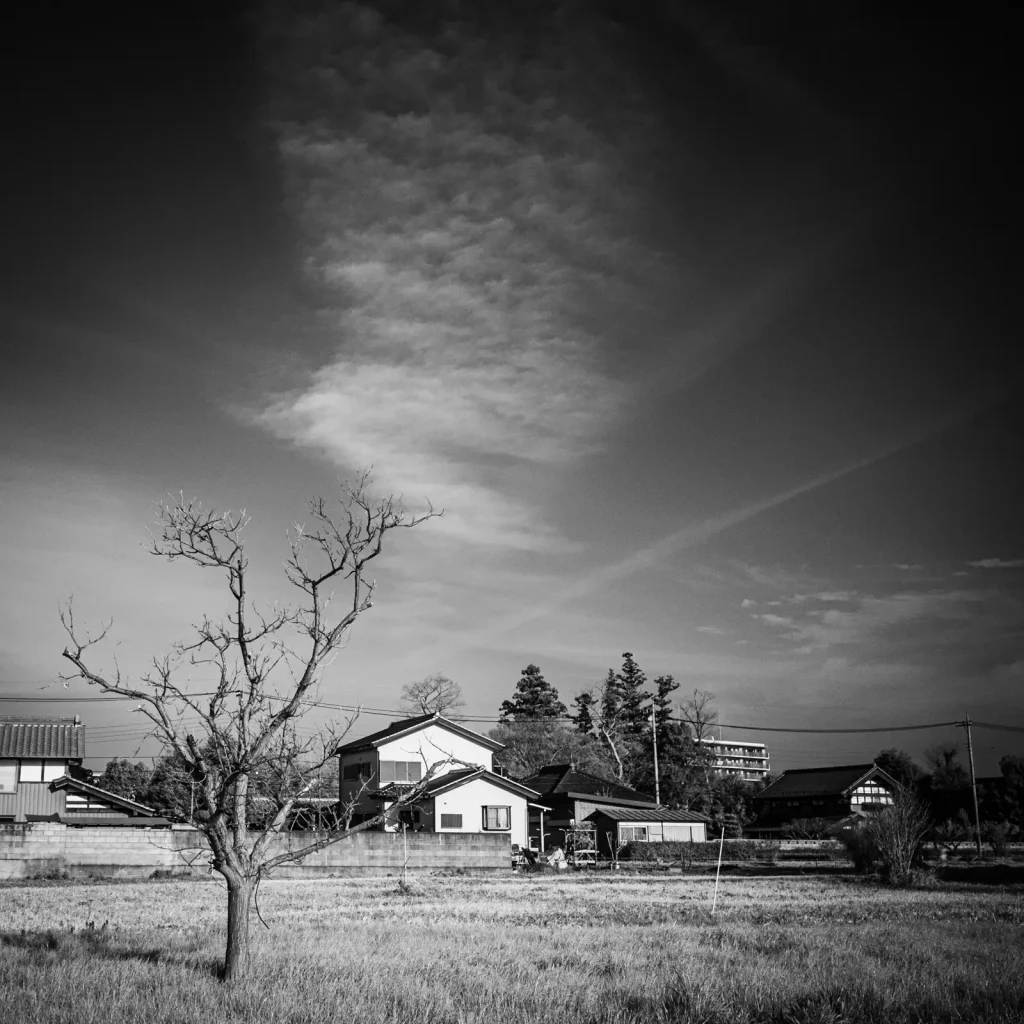
The reason infrared photography is possible with an unmodified camera is that the infrared cut filters in digital cameras don’t remove all infrared light, but rather only most of it. Some infrared light still gets through, but not enough to make a significant difference to the image recorded by the sensor. So you can give infrared photograph a go with a standard digital camera and an infrared filter, but like I said, with some restrictions.
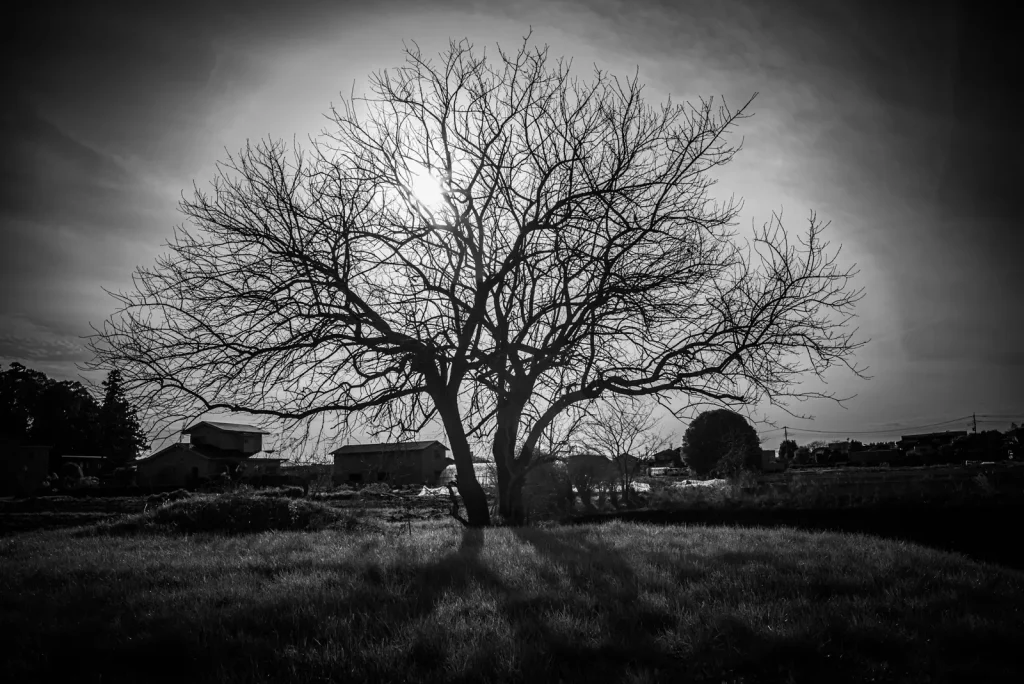
Given that an infrared filter on your lens cuts most, but not all visible spectrum light and the infrared cut filter on the sensor cuts most, but not all, infrared light, some infrared light does manage to pass through. It’s just that you can expect visible light to be cut by five or six stops by the infrared filter compared to whatever you might see on the visible spectrum. Infrared light is likely cut by about the same amount by the infrared cut filter, but your light meter won’t measure for it, so at best, exposure is a good guess and usually close enough. You might have to do some tweaking in post-processing. In any case, be prepared for long exposure times. Don’t forget your tripod!
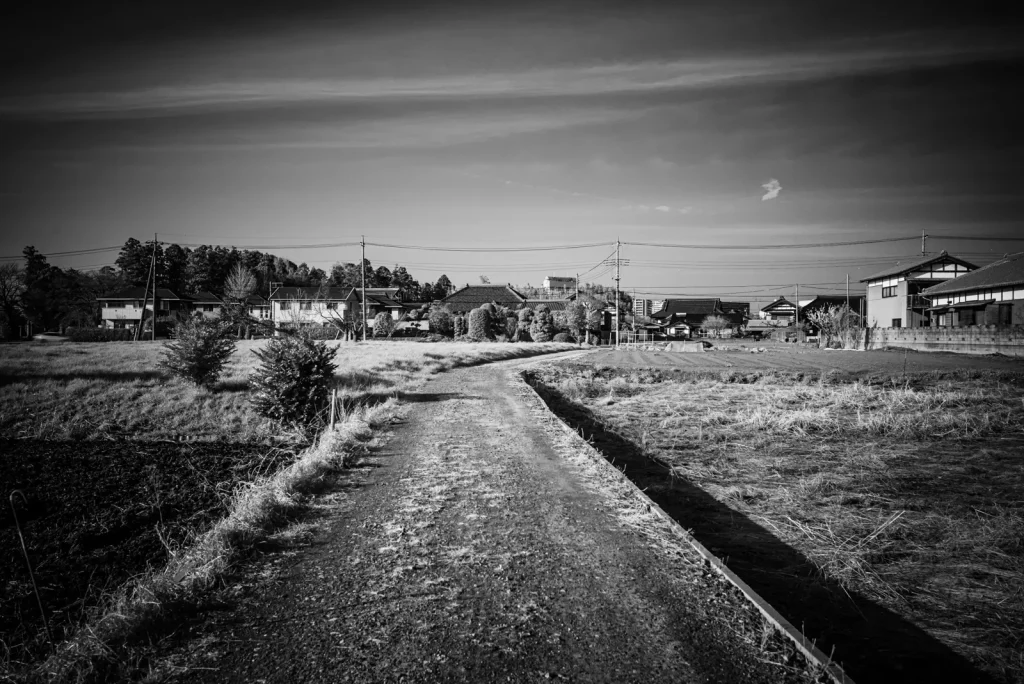
Focusing when shooting infrared is also a bit of a challenge. Because of the wavelength difference with visible light, the focal distance of infrared light is not the same. Some older manual focus lenses have markings on them for focusing for infrared, but most newer lenses don’t. I dealt with this problem by attaching an EVF viewer to the Leica M240, so I could use the focus peeking function and avoid the problem altogether. That worked just fine as long as my exposure times were not exceedingly slow.
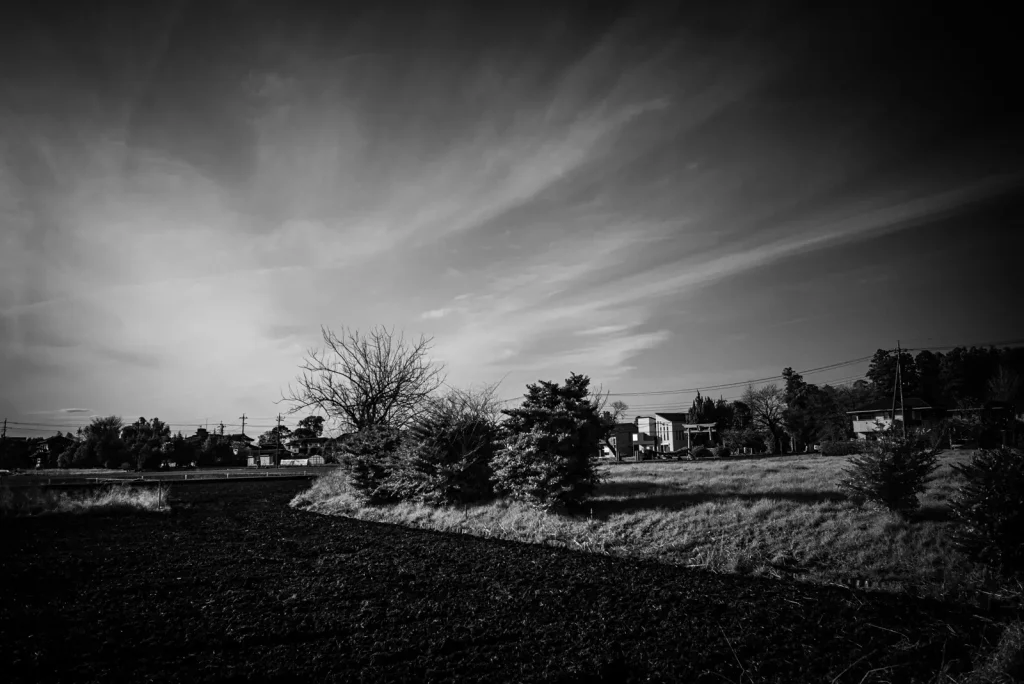
However, when exposure times were more than a few seconds, the EVF displayed nothing but black, even though the photos themselves came out fine. I dealt with that by first focusing with faster exposure times, and then making the adjustments I wanted. However, I found that for my purposes shooting outside in good light, ISO 1600 and f/5.6 at 1/30th or so most of the time was plenty fast for the EVF to be useful. I imagine the same would work for you as well, with whatever digital camera you might use.
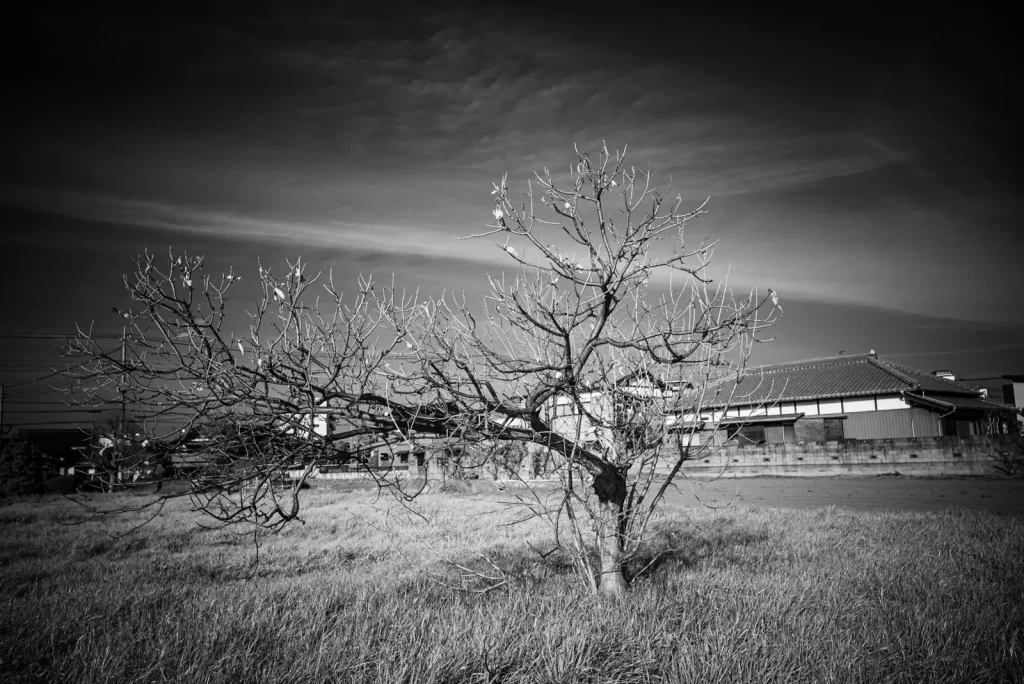
The photos in this article I shot with a Leica M240, a Leica Elmarit-M ASPH. 28mm f/2.8, and a C&G R720nm infrared filter. Most of the exposure times were between 1/15th and 1/30th of a second at f/5.6 and ISO 1600. I set the camera to save both DNG and monochrome film simulation JPEGs. The JPEGs came out pretty good with no processing, but I preferred the results with the DNG files and a small amount of processing, no more than a minute or so per frame.
I am a street photographer who lives in Japan. If you would like to see more of my work, have a look at my website bleisteinphoto.com, or my Instagram @sbleistein
Share this post:
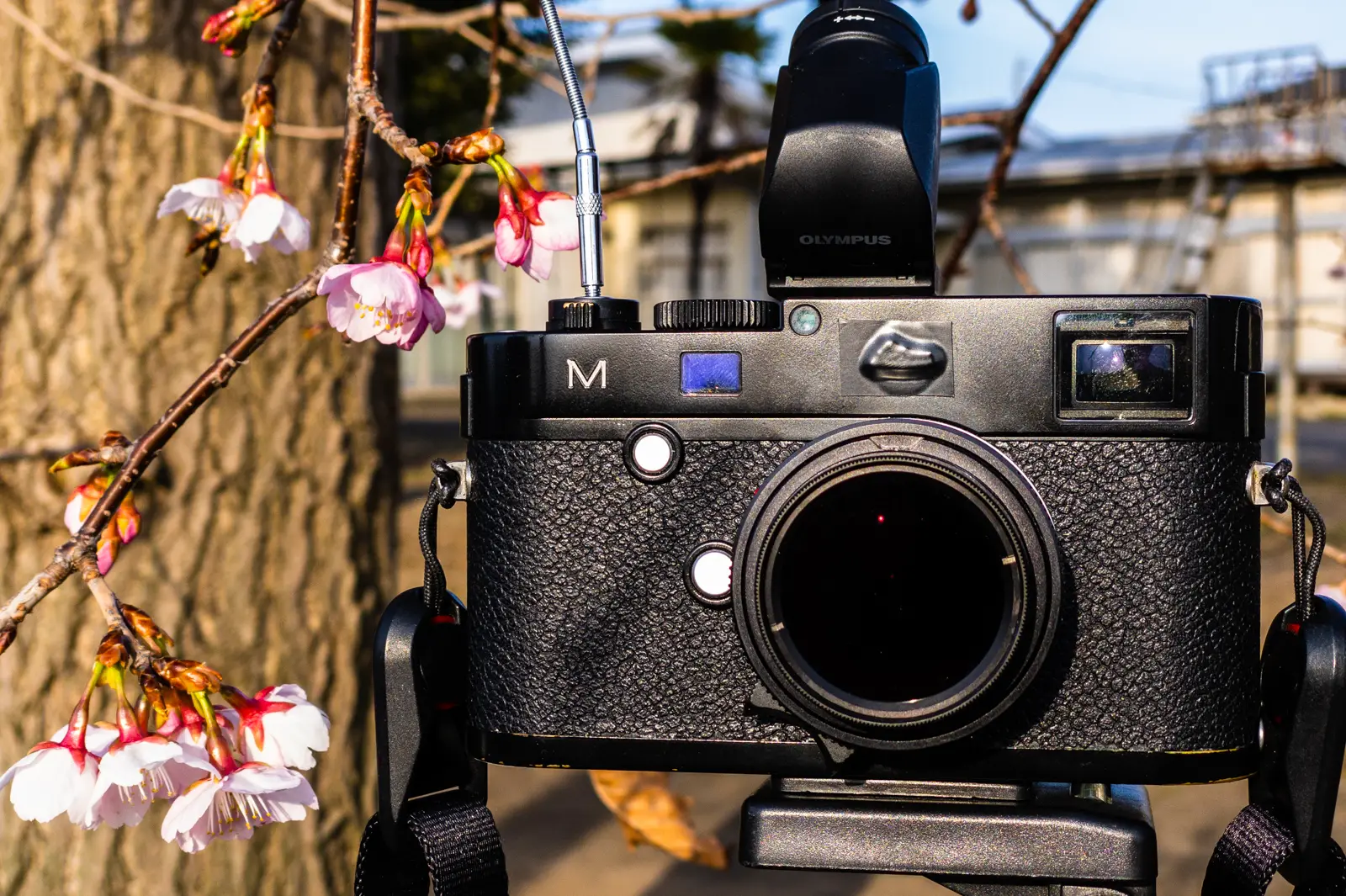








Comments
David Allen on Infrared Photography with an Unmodified Leica M240 and an R720nm filter – By Steven Bleistein
Comment posted: 15/04/2020
I get great results using my old Fujifilm X10 digital compact. I use the B WR film simulation setting in conjunction with a Hoya R72 filter screwed on the lens. I used to do the same with the Fujifilm XE-1 bodies when I had them as well.
Comment posted: 15/04/2020
Jonathan Leavitt on Infrared Photography with an Unmodified Leica M240 and an R720nm filter – By Steven Bleistein
Comment posted: 15/04/2020
Comment posted: 15/04/2020
Mark Nockleby on Infrared Photography with an Unmodified Leica M240 and an R720nm filter – By Steven Bleistein
Comment posted: 15/04/2020
Perhaps a lens isn't "bad" (or good?) across all cameras and the hot spots are a function of the lens and camera paired together?
Comment posted: 15/04/2020
George Appletree Photography on Infrared Photography with an Unmodified Leica M240 and an R720nm filter – By Steven Bleistein
Comment posted: 15/04/2020
I shot a lot with the M8 I had for more than a decade and a filter like yours. Similar results come out from digital X Fuji cameras. Give it a try.
Dark skies in your samples but foliage not so deep white.
Comment posted: 15/04/2020
David Hill on Infrared Photography with an Unmodified Leica M240 and an R720nm filter – By Steven Bleistein
Comment posted: 15/04/2020
You say several times you used a 720mm IR filter. You mean, of course, 720nm, that is, a filter that passes light/radiation only above 720 nanometers wavelength. These are often designated as “R72” filters.
Comment posted: 15/04/2020
eric on Infrared Photography with an Unmodified Leica M240 and an R720nm filter – By Steven Bleistein
Comment posted: 16/04/2020
Comment posted: 16/04/2020
Tom Brayne on Infrared Photography with an Unmodified Leica M240 and an R720nm filter – By Steven Bleistein
Comment posted: 16/04/2020
I always enjoy your thoughtful prose and well illustrated articles. Back in the day I shot Kodak HIE w/ an M4 and 35 Summicron. D-19 gave golf balls for grain at 16X20 with beautiful halation. These days w/ a Kolari modified 665nm Fuji X-Pro2 and a variety of Fujinons that happen to be listed as good performers in the extensive Kolari Lens Hot Spot list. Still fooling with ways to get close to that halation with digital files usually printed at 12X18. On the ...errrr bright side I can swap SD cards in broad daylight!
Cheers!
Tom Brayne
Comment posted: 16/04/2020
Bruno Chalifour on Infrared Photography with an Unmodified Leica M240 and an R720nm filter – By Steven Bleistein
Comment posted: 20/04/2020
Comment posted: 20/04/2020